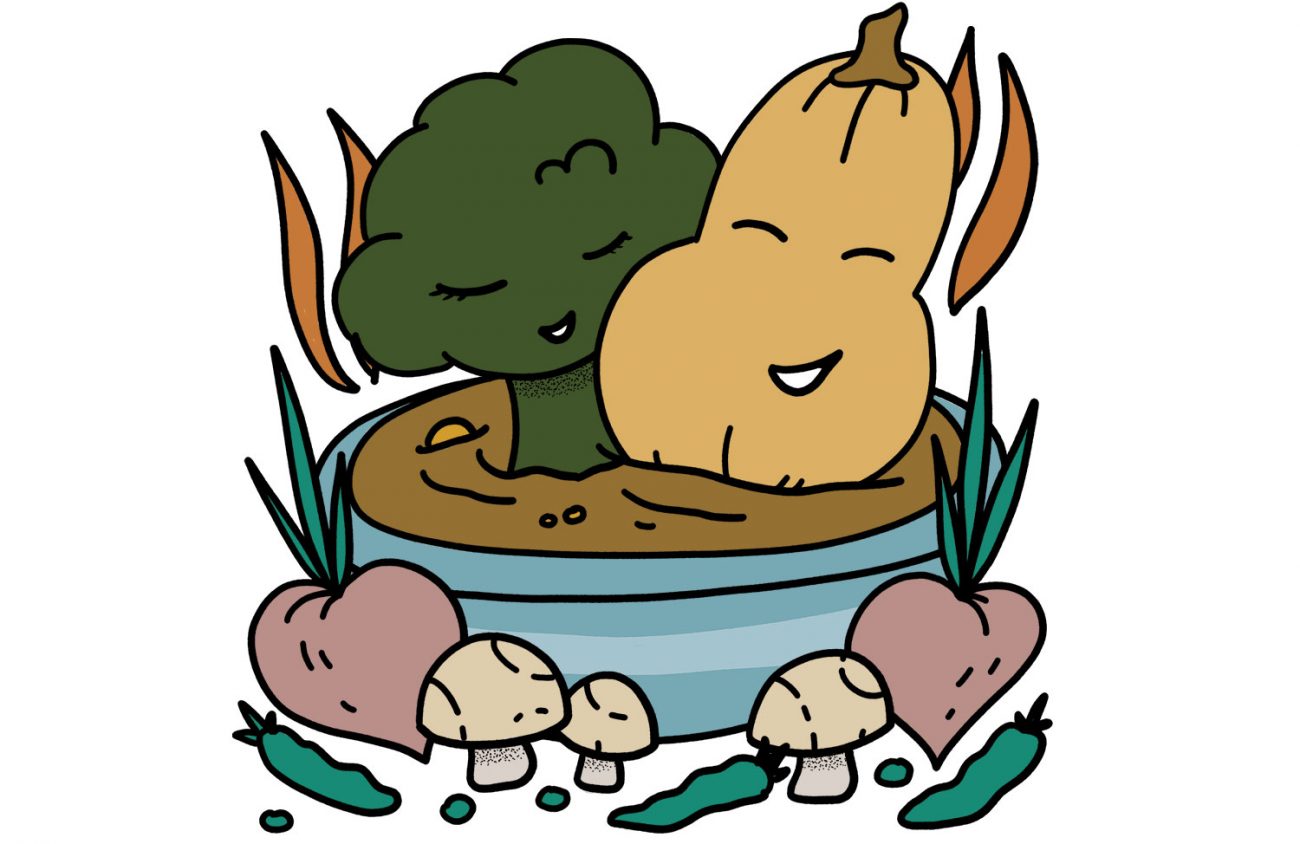It happens every year. The glory of abundant produce from our gardens and the many wonderful farms that surround us in this valley starts to wane. No longer are friends and family sending you home with bags brimming with zucchini. You’ve canned, jammed, sauced and frozen as much as your pantry shelves will hold. Once you’ve closed down your beds and planted your cover crops (we’re partial to crimson clover and annual rye around here, but follow your joy) it’s time to sit back and relax for the cold months.
But what if you’re not ready to say goodbye to fresh produce quite yet? Fear not, there’s still time!
As the temperature cools, it creates a great last-minute window for a final reprise of those cooler-weather-loving veggies from spring. Keeping Oregon’s estimated first frost date in mind, you can plan a few more crops. This year, it looks like it will land somewhere in the last half of October.
Get your kale, spinach, broccoli, cauliflower, cabbage, salad greens and peas into the soil for a final round. With slightly cooler temperatures, it is a good idea to seed more heavily than you do in the spring to ensure better germination success.
If you’re not starting from seed, you’ve got even more time to nurture out a few more crops. Lots of places still have vegetable starts available for you. When the soil begins to cool, you can extend your season a little longer and warm up those beds by using mulch of straw, row cover or even a cold frame to keep the temperatures up around those delicate roots.
Even if you feel done with gardening for the year, but don’t want to see all that gorgeous garden space you created go to waste during your dormant months, consider overwintering some crops. Getting carrots and beets in the ground means they will have all winter to grow underground (you will lose your tops, so make sure you know where they are planted). Mulch them really well and be amazed as you harvest into the winter.
Lots of folks will tell you these are the best root vegetables of the year because of something called chill-sweetening. The vegetables, to protect themselves from low temperatures, convert starch to sugars, the result of which is some of the sweetest vegetables of the year. Make sure to get those out of the ground before the soil warms again in the spring.
Also consider filling a corner of your garden with garlic. Once the bulbs are planted, watered in and mulched, you won’t see them again until harvest in the midsummer. However, a good hardneck garlic will provide you with garlic scapes a few weeks before your garlic harvest, so it’s basically a two-in-one crop.
As with any and all gardening, never be afraid to experiment. Each year and each season brings unique challenges, but also unique opportunities to enjoy vegetables fresh from your own garden. Some varieties do better than others in cold weather, so be sure to read your seed packets. Use local resources like the Oregon State University Extension Service and its Master Gardener program for further information and troubleshooting. And enjoy all the vegetables that this season has to offer!
You can reach the OSU Extension at Extension.OregonState.edu.
Sarah Decker has been gardening, largely by trial and error, in Eugene for well over a decade.
